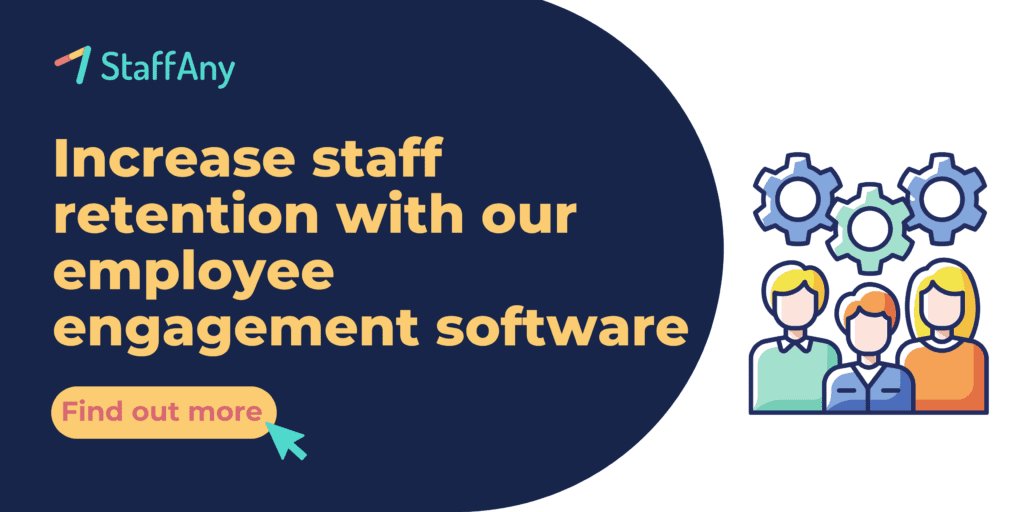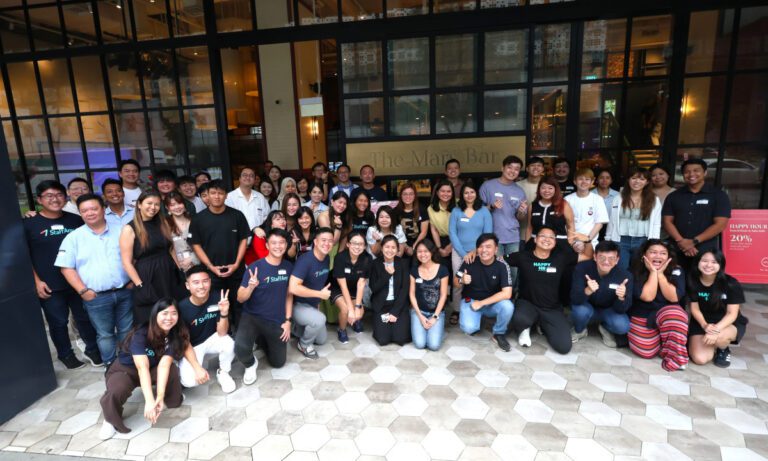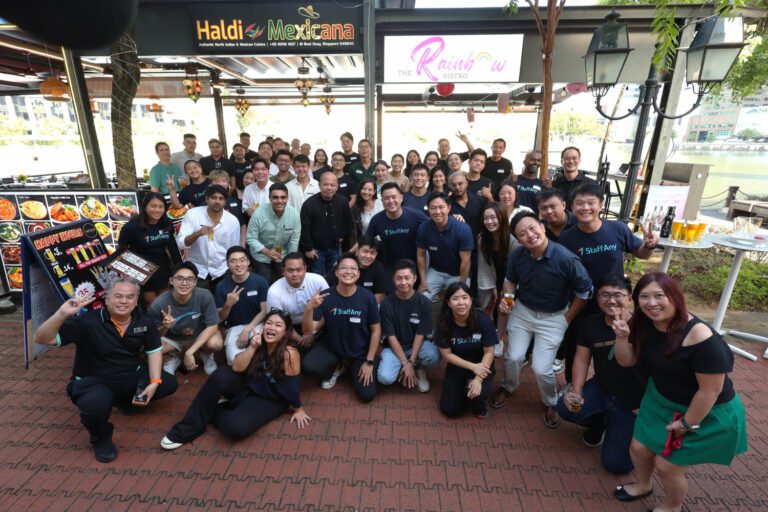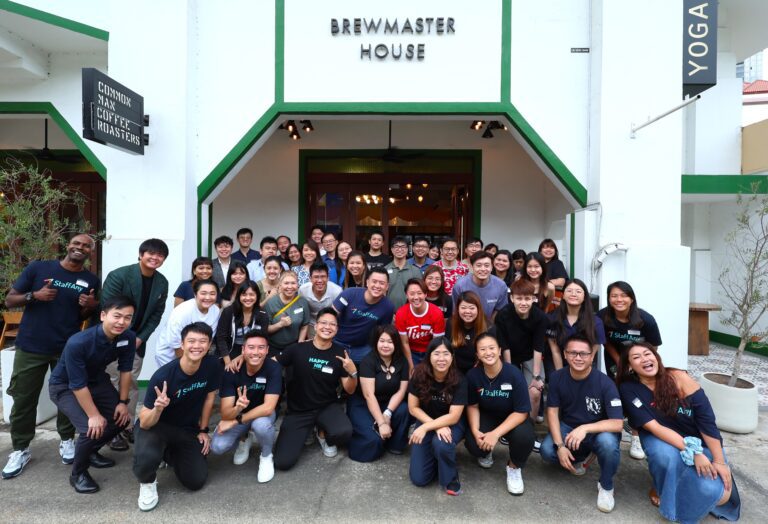Incentive programs in F&B and retail settings
One of the biggest challenges facing the F&B and retail industries in Singapore is labor shortage due to low interest in working in restaurants, retail and such. Rewards and incentive programs that motivate employees, at least businesses can improve 3 things to prevent labor shortage, which are work productivity, better working environment, and low attrition rate.
Rewards and incentive programs in an F&B work environment are used to motivate employees by rewarding them for achieving certain performance goals or targets. These programs are meant to increase employee engagement, productivity, and overall job satisfaction.
In an established corporate organization, there may exist a dedicated department that handles staff rewards and incentives. This department monitors and reviews performance and distribution of rewards for employees, whether the employees are using them well, and whether the company is reaping the benefits from the implementation of the program.
In F&B or retail businesses, especially small-scale businesses with limited teams, the way staff reward and incentive programs may be handled by the business owner, who develops the program, calculates the rewards and incentives based on the effort/targets set for the employees, and distributes the rewards upon completion of milestones.
The success of such programs depends not just on how they’re structured and put into action, but also on accurately calculating the payouts. Precise calculation of incentives promotes fairness, transparency, and motivation among employees.
Problem with incentive calculation in payroll processing for F&B business
Accurately calculating incentives in payroll for a F&B and retail businesses is important for keeping employees motivated and making sure things run smoothly. But besides that, lack of transparency is also a significant concern. When businesses keep the details of how incentive payouts are calculated hidden from employees, it can create distrust. Employees should have access to this information so they can understand how their incentives are determined, fostering trust and confidence in the system.
Doing rewards and programs manually with spreadsheets can cause issues too. They can’t bring in data from other places automatically, so you have to do it all by hand. That takes a lot of time, and mistakes can easily happen. It’s especially tough for busy business owners or managers who don’t have a lot of time to spare or who aren’t familiar with excel formulas.
Another problem with incentive calculation is how staff rewards are distributed. Sometimes, there are issues when rewards aren’t given out fairly based on how much work each person does. Even if the team hits the team’s goals, it’s important that rewards reflect individual contribution.
For instance, there are generally three types of employees: those who do the minimum required, those who meet expectations, and those who exceed them. It’s crucial that rewards match these different levels of performance. So, when deciding who receives what, it’s important to consider how each person contributed to the team’s success.
In short, sorting out these issues when calculating incentives helps keep employees motivated, makes sure everything runs smoothly, and, most importantly, keeps the staff happy.
How incentive programs are enabled in EngageAny
If the above challenges and limitations happen when you want to implement an employee incentive program, then using a software like EngageAny can help you get better because it has features that can organize programs like staff rewards easily.
The incentive program in EngageAny operates on the principles of gamification and rewards to motivate employees and improve workplace performance. It allows employers to create challenges with specific goals related to workplace performance. Employees participate in these challenges to earn coins, which can be exchanged for rewards from a catalog.
Here is a more detailed elaboration on how the program works
- Creation of Challenges
Employers use EngageAny to create challenges tailored to specific goals and objectives. These goals could range from increasing the number of shifts worked, improving punctuality, achieving sales targets, garnering positive customer reviews, or even custom challenges designed by the employer.
- Configuring Challenge Settings
When setting up a challenge, employers configure various parameters such as the duration of the challenge (one-time or recurring), start and end dates, and the type of rewards offered. Challenges can be set to recur weekly or monthly, providing ongoing motivation for employees.
- Reward System
EngageAny employs a coin-based reward system where employees earn coins by participating in and successfully completing challenges. These coins act as a virtual currency that employees can accumulate and later redeem for rewards from a predefined catalog.
- Participant Selection and Management
Employers have the flexibility to select participants for each challenge, ensuring that it is relevant to the targeted individuals or teams. They can manage participants throughout the duration of the challenge, adding or removing individuals as necessary to maintain engagement and fairness.
- Tracking Progress
EngageAny provides tools for employers to track the progress of ongoing challenges. Owners and managers can access a Challenge Dashboard, which displays the status of active, pending, ended, and draft challenges. This allows for real-time monitoring of employee engagement and performance.
- Duplication and Ending of Challenges
Employers can streamline the process of creating challenges by duplicating existing ones and making necessary adjustments. Additionally, challenges can be ended either automatically based on preset time triggers or manually by the employer. This ensures that challenges remain relevant and aligned with organizational objectives.
- Engagement and Motivation
By gamifying workplace tasks and offering tangible rewards, EngageAny fosters a culture of engagement, motivation, and healthy competition among employees. The incentive program incentivizes desired behaviors and achievements, leading to improved productivity, job satisfaction, and overall performance.
Example of incentive program using EngageAny
An incentive program example that uses EngageAny is the “Punctuality Challenge” which aims to improve employee punctuality. Here’s how it works:
Consider the scenario where the business owner or manager wants everyone to be on time for work. So, they create a weekly challenge called the “Punctuality Challenge” using EngageAny. It begins every Monday and finishes on Friday evening. If you’re punctual each day, you earn coins. For example, you might get 20 coins for being on time all week.
Everyone in the company takes their part in this program, and the manager can check who’s doing well on a performance dashboard in the EngageAny app. At the end of the week, if you’ve been punctual, you get your coins and a thumbs-up for doing a great job. The challenge happens every week, encouraging everyone to keep being on time. It’s like a fun game that helps everyone get better at being punctual!
How EngageAny works with PayrollAny for incentive program calculation
As stated earlier in this article section, the success of a rewards program depends on precise payment calculations. Utilizing payroll software with incentive calculation feature offers a viable solution for ensuring accuracy. Hence, EngageAny integrates with PayrollAny to streamline the calculation and processing of cash incentives earned through challenges using Cash Company Fulfilled Rewards (CFR), or what people commonly refer to as cash incentives.
PayrollAny is an integrated payroll solution designed for frontliners in F&B, Retail & Healthcare, streamlining payroll processes by natively incorporating scheduling and time attendance functionalities, eliminating the need for manual data consolidation and calculation.
Employers can create cash incentives in EngageAny, allowing employees to redeem cash with coins earned from completing challenges. These cash redemptions are automatically accounted for in PayrollAny, where they appear as new cash incentive pay items.
Employers can approve and push cash incentives to payroll, where they are included in the payroll calculations for the respective month. Employees can view their cash incentives on their payslips. Additionally, employers can fulfill or refund cash incentives as needed, with the corresponding actions reflected in payroll processing and payslips.
The integration between EngageAny and PayrollAny makes it easier to calculate and give out cash rewards from each challenge program. This helps make sure everything is correct, quick, and clear in the reward system.
Conclusion
By leveraging seamless integration between employee incentive programs and payroll software with incentive calculation feature, businesses can set clear performance targets, track employee progress, and calculate incentives accurately according to the business goals.
This integration not only simplifies the administrative process, but also promotes transparency and fairness in reward distribution. Employees benefit from timely and accurately calculated incentives, which serve as tangible recognition of their contributions and motivate high performance.






